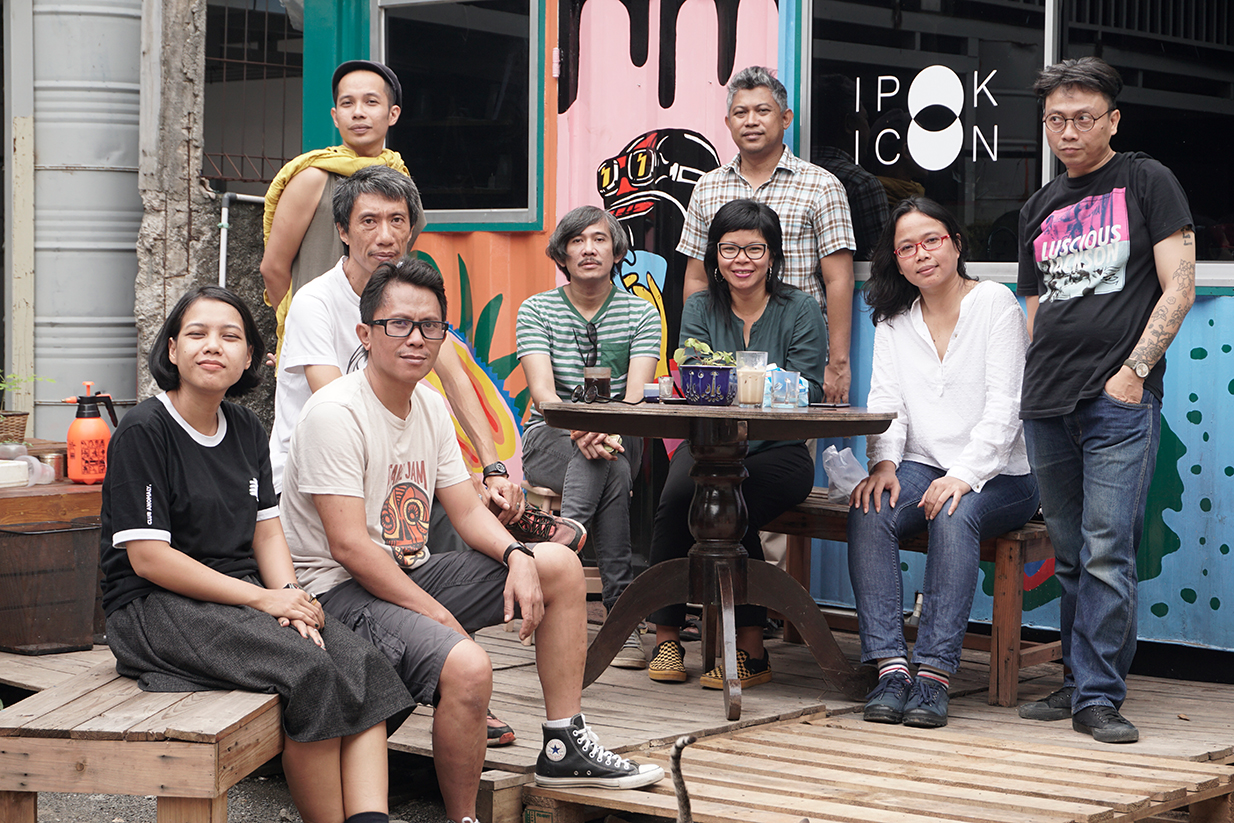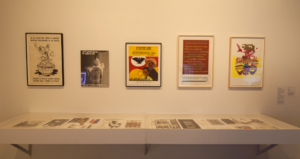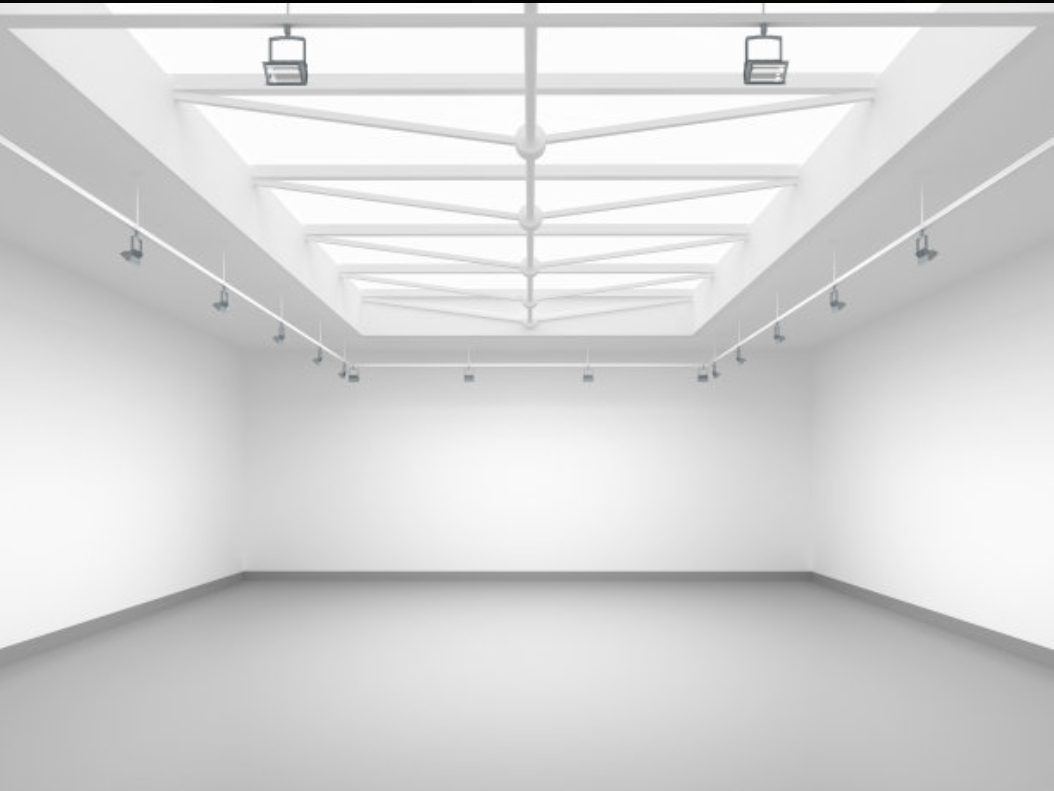As I begin my curatorial journey, I have chosen “Revisiting History” as the theme for my Speculative Individual Curatorial Project. This project will explore how certain artists, movements, or narratives have been overlooked or erased in mainstream art history due to institutional biases, market forces, or socio-political shifts. Hal Foster describes this as an “archival impulse”, where contemporary art and curating seek to recover lost histories through documentation and reinterpretation (Foster 2004). This raises questions such as: Who controls historical narratives? What stories remain untold? How can curatorial practice reframe history for contemporary audiences?
Parallel to my individual research, ruangrupa serves as a key reference. The Indonesian artist collective, founded in 2000, is known for its participatory and decolonial curatorial approaches, which challenge hierarchical institutional models. Their concept of lumbung, introduced in documenta fifteen (2022), reimagines curating as a process of resource-sharing, collaborative authorship, and decentralization (ruangrupa 2022). Rejecting the traditional top-down exhibition model, ruangrupa invited artists and collectives from the Global South to co-create knowledge and artistic interventions within an economic system based on mutual support. This model provides a critical framework for my project, particularly in exploring how historical narratives can be shaped through collective curatorial methods rather than institutional authority.

documenta fifteen. “About.” Accessed January 25, 2025. https://documenta-fifteen.de/en/about/.
A relevant case study is MoMA’s Now Dig This! (2011), curated by Kellie Jones, which reclaimed the narratives of Black artists in Los Angeles between 1960 and 1980. This exhibition challenged the Eurocentric canon by foregrounding historically marginalized artistic communities and their influence on contemporary practices (Jones 2011).

Installation view of Now Dig This! Art and Black Los Angeles 1960–1980, Museum of Modern Art, New York, 2011. Courtesy of MoMA. Accessed January 27, 2025. https://www.moma.org/calendar/exhibitions/3759.
Moving forward, I will examine how curators can use oral histories, digital archives, and participatory strategies to engage audiences in historical recovery.
What does it mean to “revisit” history in contemporary curating? This remains my guiding question.
References
1、Foster, Hal. 2004. “An Archival Impulse.” October 110: 3–22.
2、Jones, Kellie. 2011. Now Dig This! Art and Black Los Angeles 1960–1980. Los Angeles: Hammer Museum.
3、ruangrupa. 2022. Lumbung Stories. documenta fifteen.
4、Museum of Modern Art. 2011. “Now Dig This! Art and Black Los Angeles 1960–1980.” Accessed January 25, 2025. https://www.moma.org/calendar/exhibitions/3759.
5、documenta fifteen. 2022. “About.” Accessed January 27, 2025. https://documenta-fifteen.de/en/about/.



Leave a Reply